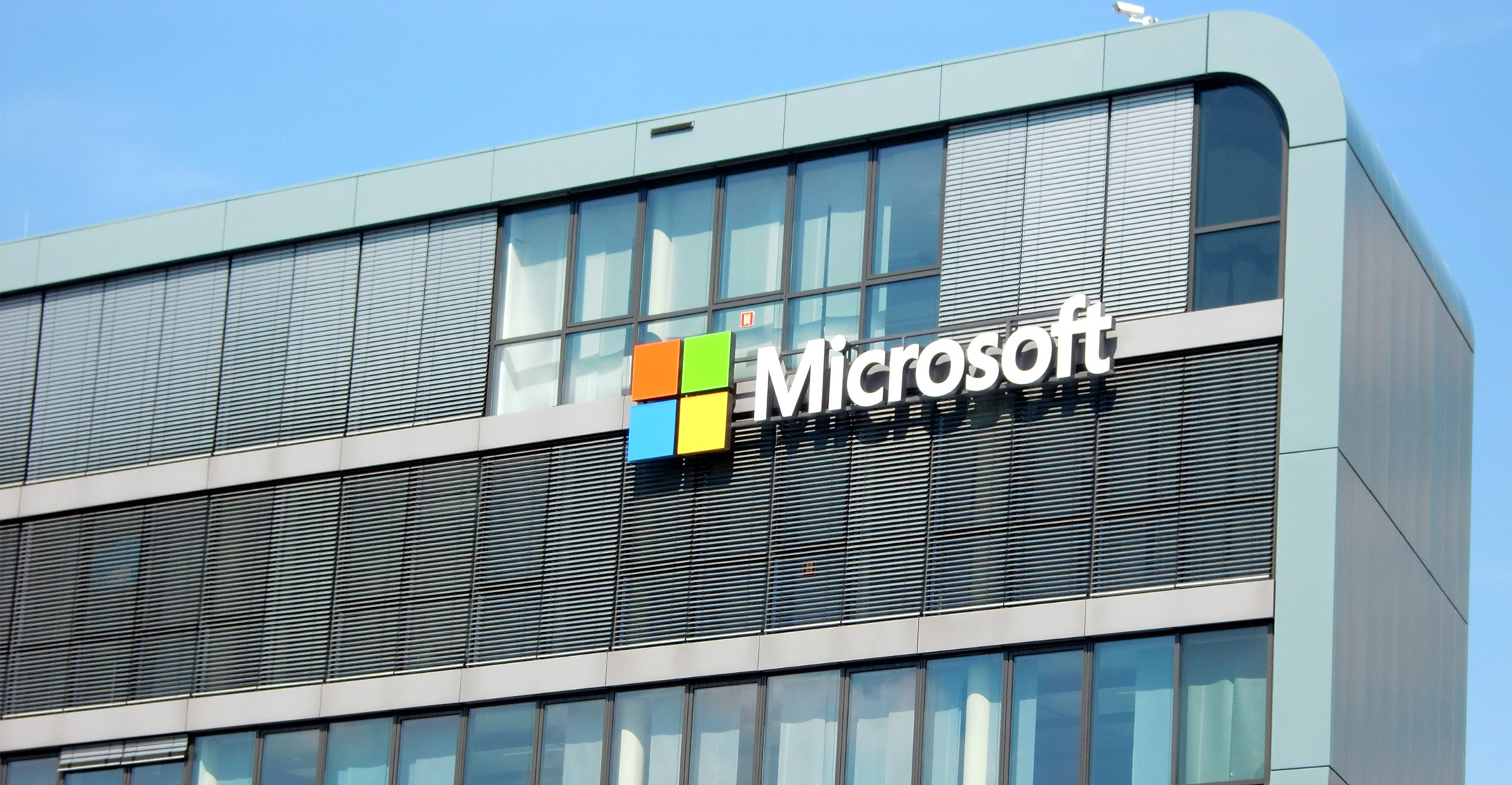
Microsoft exceeded analysts’ projections for fiscal third-quarter sales and profit, lifted by strong corporate demand for cloud computing services as the software maker added new features.
Profit in the period ended 31 March rose to US$7.4bn, or $0.95/share, topping the $0.85 average estimate of analysts polled by Bloomberg. Sales climbed 16% to $26.8bn, Microsoft said on Thursday in a statement, better than predictions for $25.8bn.
Microsoft is riding a wave of demand for its Azure cloud services, which let customers run and store applications in the company’s data centres. Azure revenue almost doubled, keeping up with a pace of growth that’s persisted for more than 10 quarters.
CEO Satya Nadella is also leading a charge to move clients to Internet-based versions of work productivity software, branded Office 365. Total cloud revenue now stands at more than $20bn on an annual basis, and Brent Bracelin, an analyst at KeyBanc Capital Markets, expects Microsoft to exit next year with double that.
“Azure is the future,” said Kim Forrest, senior portfolio manager at Fort Pitt Capital Group in Pittsburgh, which owns Microsoft shares. “For the next three to five years, the story for Microsoft is moving their existing base to some sort of cloud product.”
The company’s shares were initially little changed in extended trading following the report, then jumped as much as 4% after the company gave a bullish outlook for fiscal 2019 on a call with analysts. They had closed at $94.26 in regular New York trading. Microsoft stock touched an all-time high in the March quarter and gained 6.7% in period, compared to a 1.2% decline in the Standard & Poor’s 500 Index.
The company’s Azure trails market leader Amazon.com but continues to about double from a year earlier every quarter as Microsoft adds customers like Publicis Groupe and Johnson Controls International and weaves artificial intelligence, data storage and security services into its cloud programs. Amazon is several times bigger than Redmond, Washington-based Microsoft in the cloud infrastructure market, but doesn’t focus on the work productivity apps space.
Margins widen
Azure revenue in the recent period grew 93%. Still, excluding currency fluctuations, that gain was 89%, a slight decrease from the previous quarter’s 98% growth on that basis. Microsoft’s commercial cloud sales rose 58% to $6bn, the company said in slides posted on its website. Gross margin for that business widened six points to 57%.
Capital expenditure was $3.5bn in the quarter. Microsoft has been boosting spending to build new cloud data centres as Amazon and number three US cloud provider Google do the same. Alphabet said earlier this week that it almost tripled first-quarter capital expenditure to $7.7bn. Microsoft during the quarter announced it will open data centres in Abu Dhabi and Dubai, its first in the Middle East, as well as adding two more locations in Germany. It will launch two new data centres in South Africa soon, too.
Microsoft chief financial officer Amy Hood said the company will continue to increase spending as long as customer demand for cloud services rises. “As long as we see the demand signals globally grow, we will continue to see that number grow,” she said in an interview.

Microsoft shareholders normally worry about spending, but they’ve been willing to overlook increases to bolster the cloud business, Forrest said.
“If you say it’s for building out cloud services, investors shut their piehole because they want them to invest in that,” she said.
On the conference call, Hood gave an optimistic first look at the fiscal year that starts 1 July, noting that the “key drivers of our business should remain intact”. Gross margins in all of the company’s commercial cloud businesses should continue to widen, she said.
Microsoft reorganised its product units at the close of last quarter to de-emphasise the shrinking Windows business and split it between a group focused on devices and the Azure team, with Windows and device chief Terry Myerson leaving the company.
While Microsoft reorganised its engineering divisions, its financial reporting segments remain the same.
Total revenue in the company’s More Personal Computing division, which includes the Windows operating system, rose to $9.9bn, beating the $9.3bn average prediction of three analysts polled by Bloomberg. That was especially notable given that global PC shipments fell 1.4% in the March period, according to market research firm Gartner — the 14th straight quarter of declines.
Revenue from Surface hardware rose 32% from a year ago, and gaming revenue rose 18%, fuelled by sales of Xbox software and third-party games.
Windows commercial products and cloud services, a business where Microsoft sells a package of security and other premium services to corporate Windows users, posted revenue growth of 21%, an important benchmark because Microsoft views this segment as the future of Windows in a market where PC usage is shrinking.
Productivity sales, mainly Office software, climbed 17% to $9bn. Analysts had estimated $8.7bn. Revenue in the Intelligent Cloud division, which consists of Azure and server software, also jumped 17% to $7.9bn, above the $7.7bn average projection. — Reported by Dina Bass, (c) 2018 Bloomberg LP




